‘Learning to read; reading to learn’
‘Learning to Read’ – Early Reading
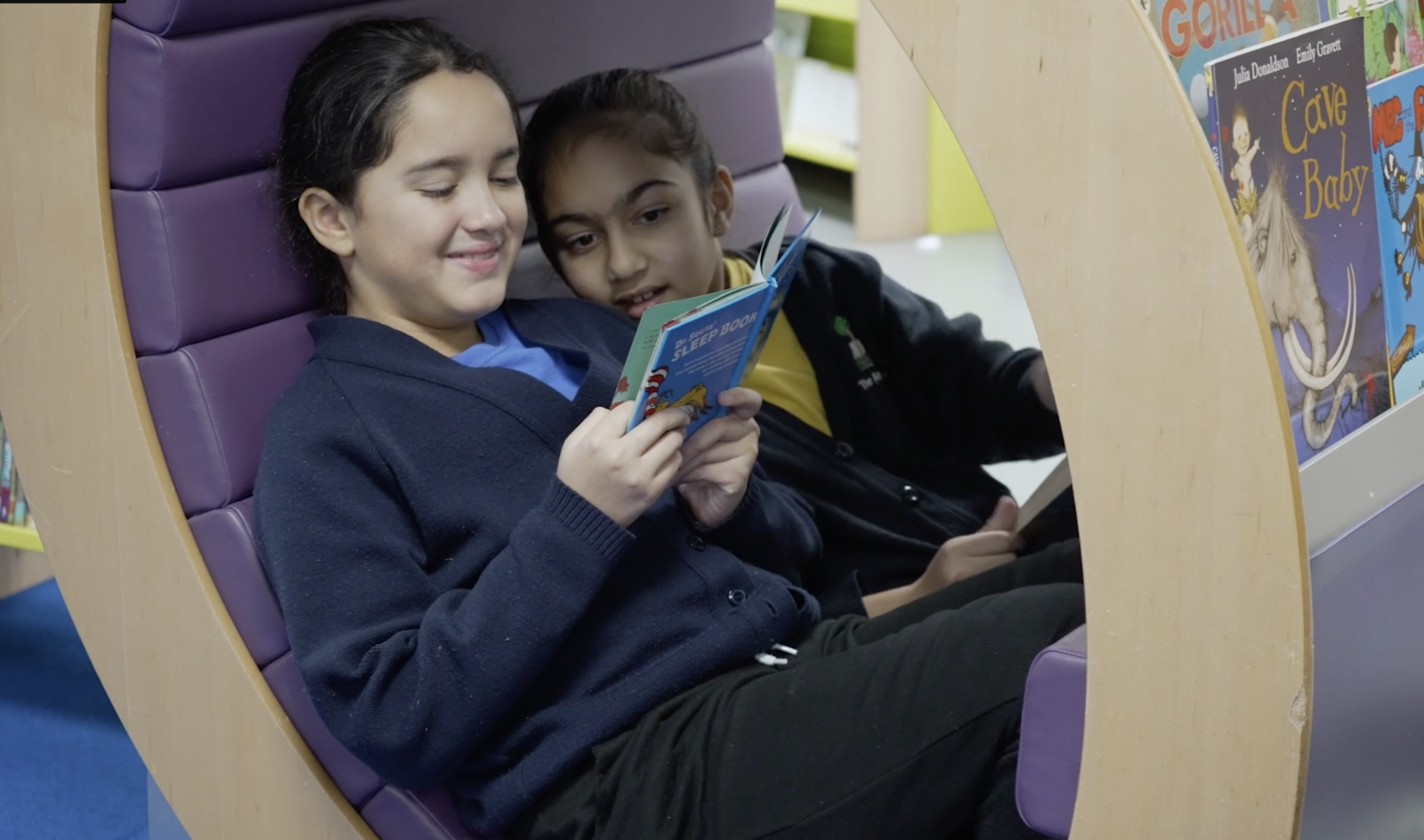 Our ultimate aim in the teaching of early reading is for children to leave Year 2 fluent, confident and independent readers being able to apply their knowledge and skills across the curriculum. We place a great deal of importance and emphasis on the teaching of early reading. This is reflected in the amount of time dedicated to the teaching of knowledge and skills; we teach phonics daily in Early Years and Year 1. With these key skills, children are in an excellent position to access the wider curriculum. The love and enjoyment for reading is reinforced in the rich, broad diet of texts to excite and challenge.
Our ultimate aim in the teaching of early reading is for children to leave Year 2 fluent, confident and independent readers being able to apply their knowledge and skills across the curriculum. We place a great deal of importance and emphasis on the teaching of early reading. This is reflected in the amount of time dedicated to the teaching of knowledge and skills; we teach phonics daily in Early Years and Year 1. With these key skills, children are in an excellent position to access the wider curriculum. The love and enjoyment for reading is reinforced in the rich, broad diet of texts to excite and challenge.
Phonics Programme – Nursery to Year 2
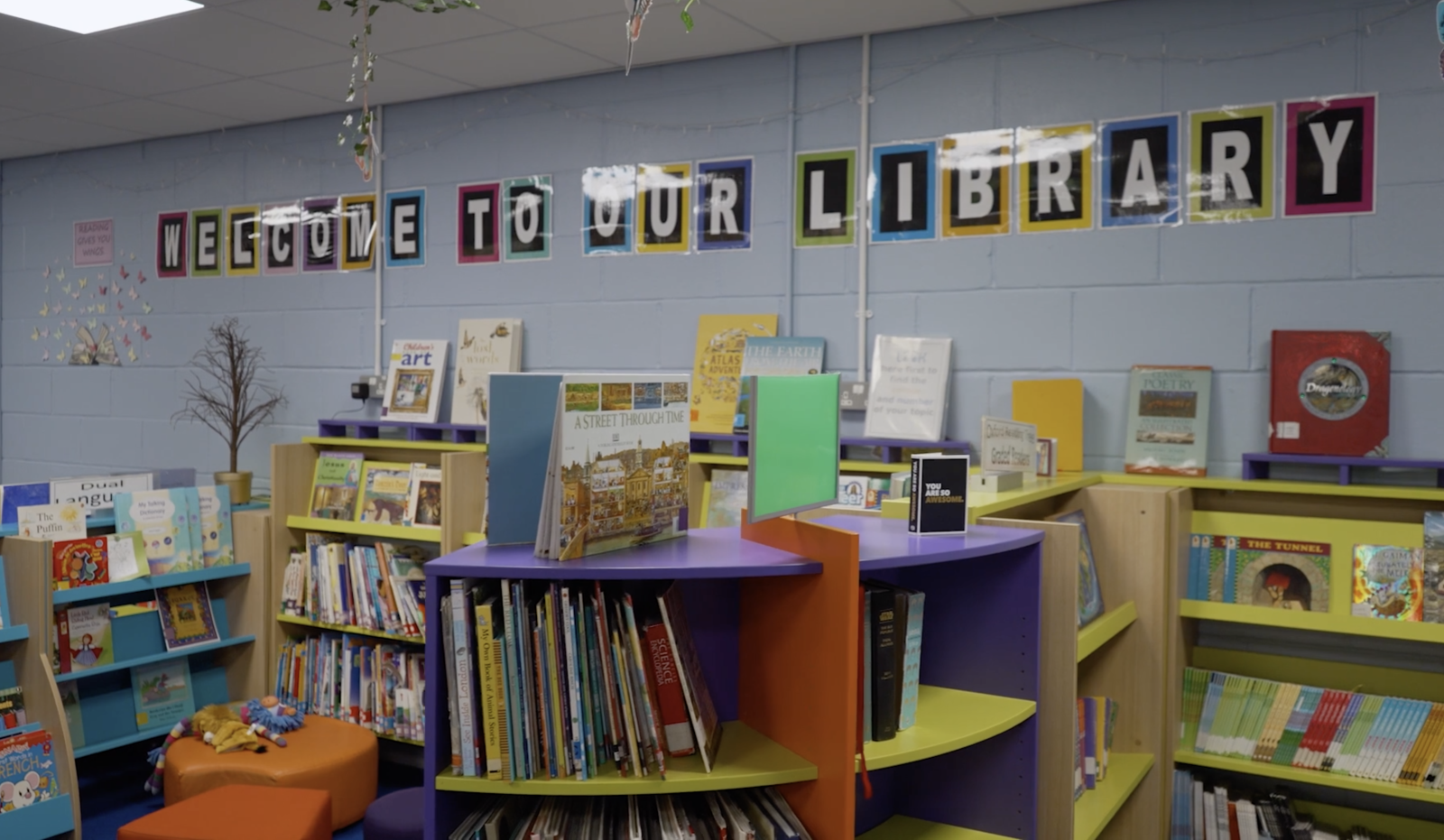 In Early Years and KS1 children are taught phonics through a range of approaches. The Little Wandle scheme is followed, which is built around the 6 phases of letters and sounds.
In Early Years and KS1 children are taught phonics through a range of approaches. The Little Wandle scheme is followed, which is built around the 6 phases of letters and sounds.
In Early Years and Year 1 children have daily discreet phonics lessons for up to 20 minutes. Pupils learn phonemes (sounds) and their corresponding graphemes (letter groups) to help them decode and spell words. We use Little Wandle Phonics Teaching resources, which follows the Letters and Sounds programme. What is learnt through these lessons is applied in speaking, reading and writing across other curriculum areas.
‘Reading to Learn’ – Understanding texts
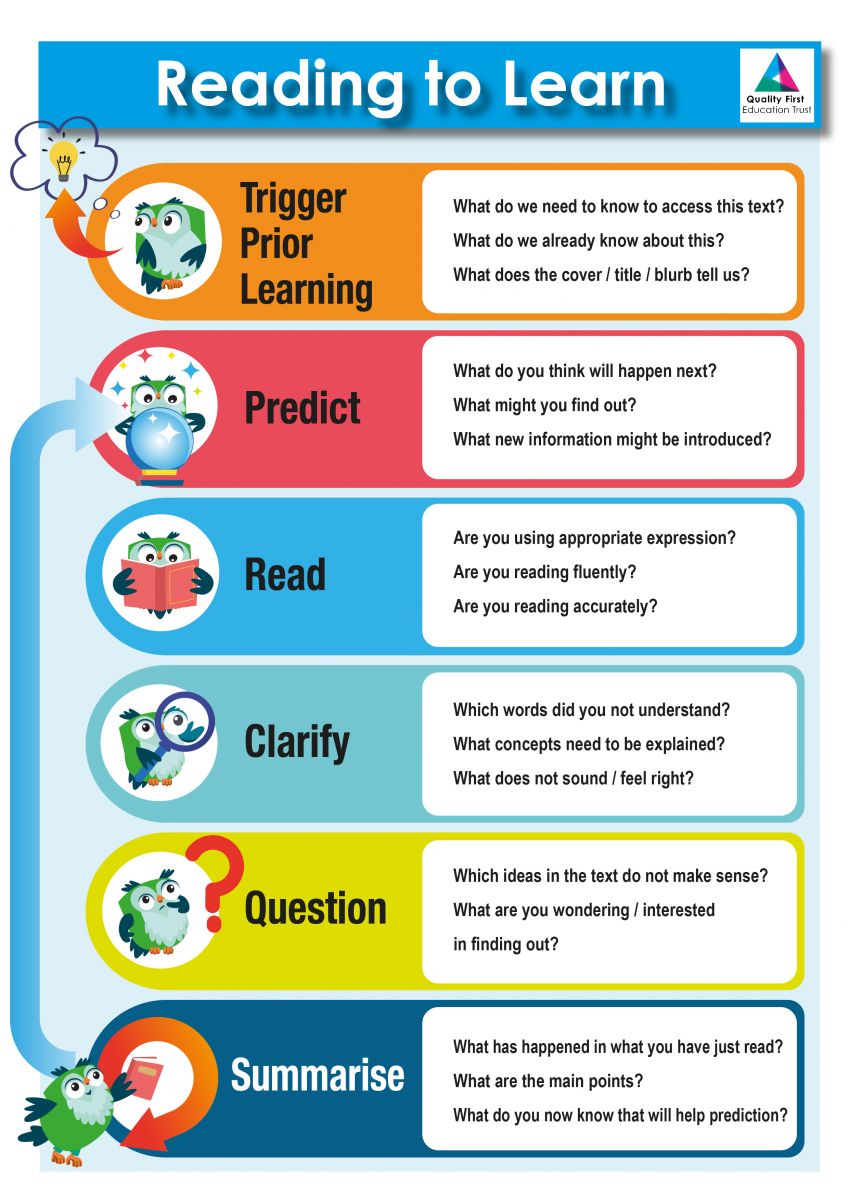
‘The ultimate goal of reading is comprehension’
Comprehension is introduced from Nursery and Reception through our 4-strategies and 6-steps reading pedagogy, based on Reciprocal Reading, to enable ‘Reading to Learn’. As children become more fluent and automatic readers, the amount of time and focus on understanding increases.
Triggering Prior Knowledge
This prepares the reader for engaging with a text by:
- Summarising prior learning/concepts.
- Foregrounding new texts with an understanding of concepts or facts that will aid understanding of the reading to come.
Predict
Enabling the reader to anticipate what will come next in the text, based on:
- Prior knowledge
- Structure of the text
- Content of the text
- What has been read previously
Read
Children read independently at their own pace, either:
- Silently or to themselves
- Teachers can hear an individual read-aloud
- Reading can be done as a whole class
Clarify
Clarifying enables the learner to deal with difficulties of:
- Unfamiliar vocabulary – words/phrases
- New or challenging concepts
- Where meaning is lost
The best clarification comes from the children – some words seem obvious to teachers but that is irrelevant for a child to whom it is not obvious.
To establish meaning, we may re-read a sentence or passage now that the children understand the language.
Question
Children are encouraged to be active in the reading process by asking questions about the concepts and themes that they are intrigued or confused by.
- Teachers (and increasingly, the children themselves) ask questions about the text that they have just read.
- The teacher should invite different ideas and suggestions to questions.
- Comprehension of the text can be assessed through the questioning stage
Summarise
The summary identifies the main or most important point in the section that has been read:
- It gives an indication of the reader’s understanding.
- Encourages the reader to sift main ideas in own words.
- Sets up prediction for the next section where they will return to predicting.
Choosing appropriately pitched texts
While children are learning to decode, texts are carefully matched to their phonological development. Children read three times per week using books matched to Little Wandle. With each reading session, children practice a different skill - decoding, using expression and finally comprehension. These skills and the love of reading are reinforced through other phonetically decodable books that children take home to showcase to their families.
We continue to use banded books to support children as they move from learning to decode to reading fluently. These are used to provide children with a structure they are familiar with whilst encouraging them to widen their reading diet through guided choices from our extensive library and class book corners.
We have books of varying difficulty available in class libraries and also for additional interventions e.g. low reading level/high-interest level text for older readers who need a simpler reading text but more mature content.
Texts used in English lessons or other subjects are predominantly pitched at the age expected level or slightly above as these are exemplars and are aspirational.
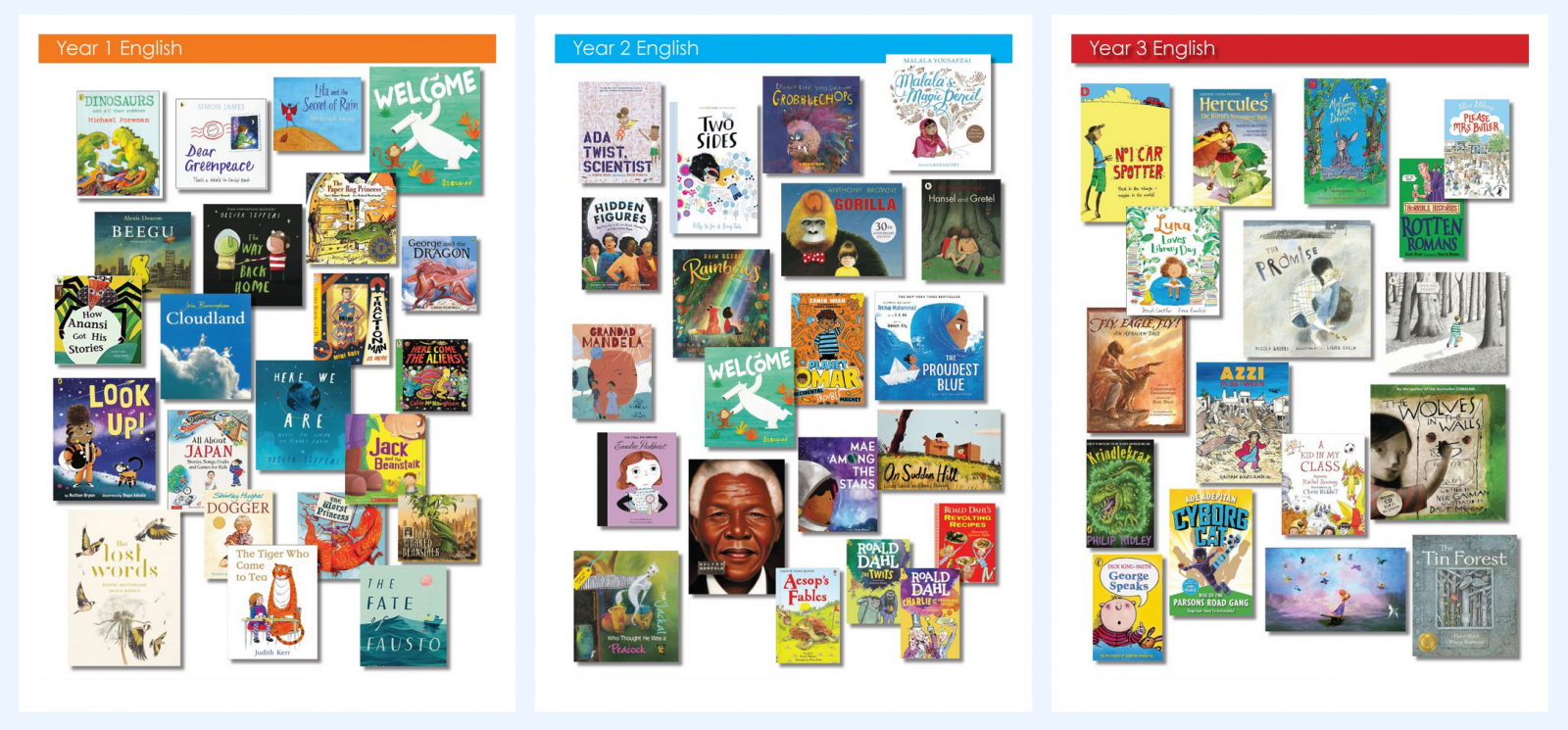
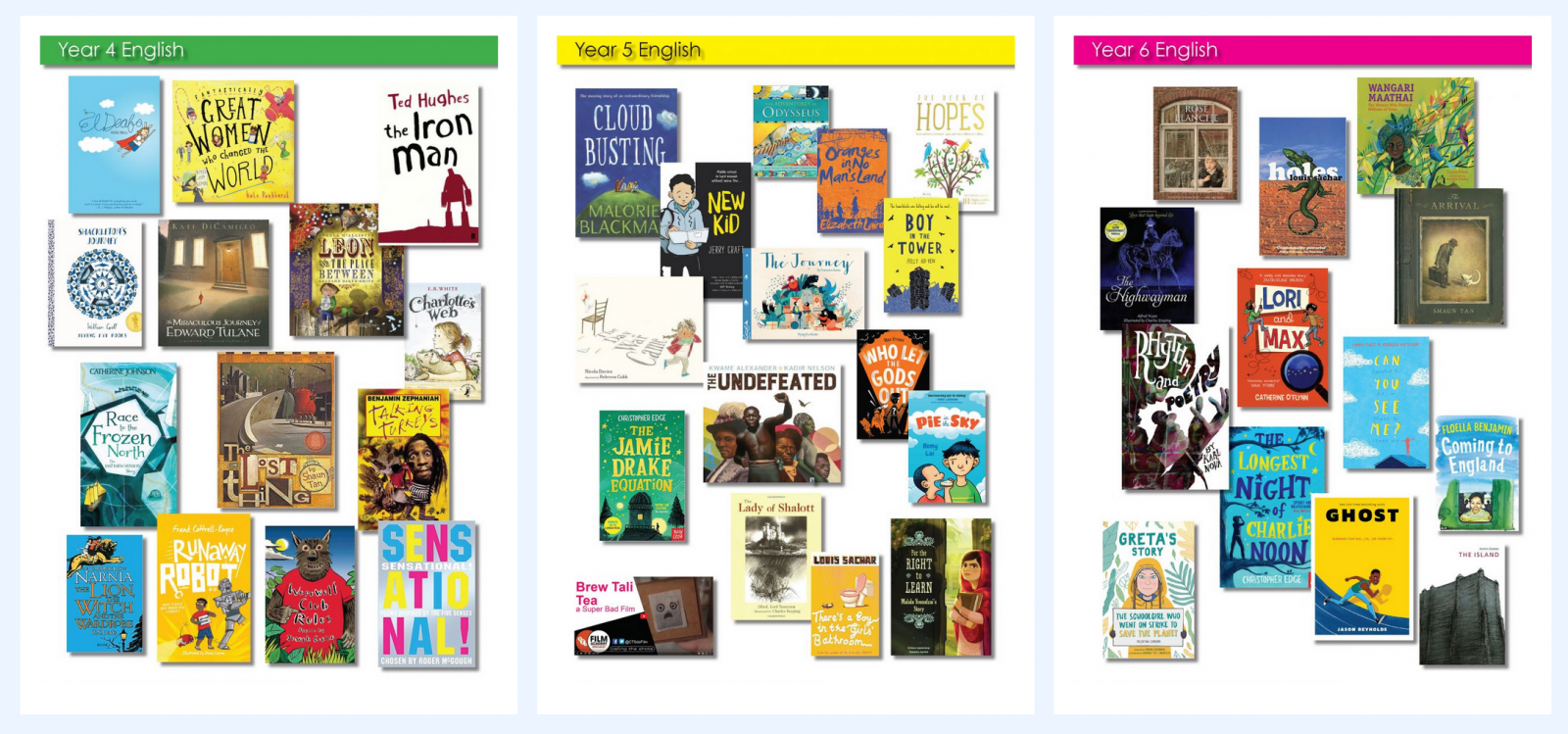
Structures for reading and their purpose
- Guided reading with the teacher – small group provision, matched to need
- Independent reading – reading choice of book from the library or home (guided for struggling readers)
- English lessons – reading model texts as exemplars and also direct teaching of how to write about your reading and answering comprehension questions
- Reading enrichment –teacher modelled reading of an engaging and ambitious text
- Reading intervention – small group or 1:1 practice of skills for learning to read and/or reading to learn
‘Learning to Read’ – an additional/alternative to phonics
Phonics is the primary strategy for word reading. Other strategies are also taught to all children to build fluency (and as 15% of English words are not phonically decodable) – this also gives an alternative to phonics for those children who do not learn to read in this way.
Examples of strategies:
- Sight word flashcards
- Picture cues
- Skip and return
- If I know . . . sent, then I know . . . bent, went, tent, spent, scent
- Use your root words
- Words inside words
- Vowel sound switch (from long to short ‘a’ sound)
- Compound words
- Syllable rules
- Syllables contain only one vowel sound
- Vowel teams stay together
- R-controlled vowels stay together (ar, er, ir, or, ur)
- Syllable strategies:
- Divide after a prefix rewind
- Divide between two middle consonants pumpkin
- Divide before consonant –le rumble
- Divide after the consonant when the nearby vowel is short planet
- Divide before a suffix teacher
- Divide between double consonants furry
- Divide after a long vowel sound acorn pilot
- Divide between two compound words sunshine
- Sense check
‘Learning to Read’ - building fluency and accuracy
Fluent and accurate word reading (at letter, word, sentence and text level) reduced the cognitive load for children so they can focus on comprehending meaning. Fluency and accuracy are built through:
- Appropriately pitched text difficulty
- Hearing correct models
- Re-reading (after guidance and feedback)
- Echo reading – adult models reading a word or sentence, child repeats
- Pre-teaching – work out difficult words before reading (speed words)
- Precision response – missing pronouns, prefixes, suffixes, what/that
